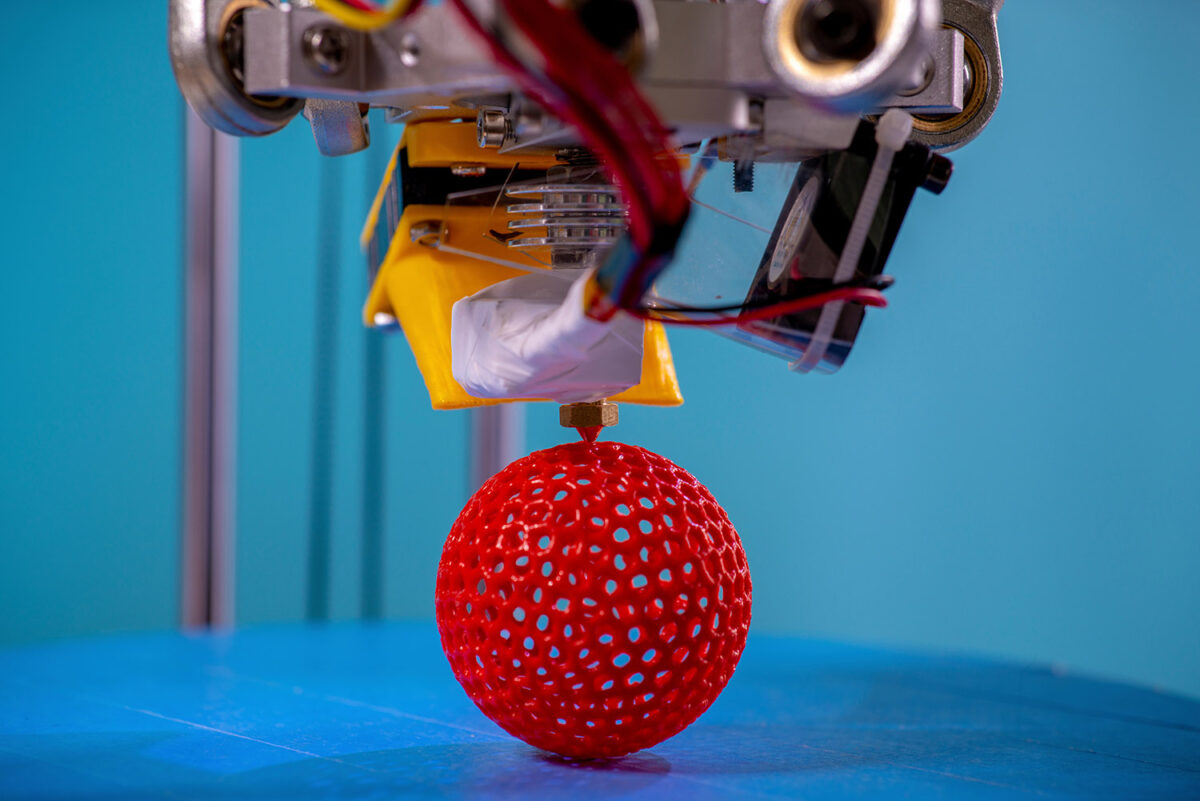
What is 4D printing? Imagine a world where objects can change shape or function over time. 4D printing takes 3D printing to the next level by using special materials that react to external stimuli like heat, light, or water. This technology allows printed items to transform, self-assemble, or even repair themselves. 4D printing has potential applications in various fields such as medicine, construction, and fashion. For instance, medical implants could adapt to a patient's body, or buildings could adjust to environmental changes. 4D printing is not just a futuristic concept; it's already making waves in research labs and industries worldwide. Ready to learn more? Let's dive into 36 fascinating facts about this groundbreaking technology.
What is 4D Printing?
4D printing is an advanced form of 3D printing where the printed object can change shape or properties over time. This technology adds the dimension of time to 3D-printed objects, making them dynamic and adaptable.
- 4D printing involves materials that can transform after being printed.
- Smart materials are used in 4D printing, which respond to environmental stimuli like heat, light, or moisture.
- Shape-memory polymers are a common material in 4D printing, allowing objects to return to a pre-defined shape.
- Hydrogels are another material used, which can swell or shrink in response to water.
- Self-assembly is a key feature, where printed parts can autonomously come together to form a final structure.
How Does 4D Printing Work?
Understanding the mechanics behind 4D printing helps grasp its potential applications and benefits. The process involves several steps and specialized materials.
- Design phase: The object is designed with specific transformations in mind.
- Material selection: Choosing the right smart material is crucial for the desired transformation.
- Printing process: Similar to 3D printing but with added complexity due to the materials used.
- Activation: The printed object is exposed to a stimulus that triggers the transformation.
- Transformation: The object changes shape or properties as designed.
Applications of 4D Printing
4D printing has a wide range of applications across various fields, from medical to aerospace. Its ability to create dynamic structures opens up new possibilities.
- Medical devices: Customizable stents and implants that adapt to the body.
- Textiles: Clothes that change properties based on weather conditions.
- Aerospace: Components that can adjust shape for optimal performance.
- Construction: Self-assembling structures that reduce labor costs.
- Robotics: Soft robots that can change shape for different tasks.
Benefits of 4D Printing
The advantages of 4D printing go beyond the capabilities of traditional 3D printing. These benefits make it a promising technology for future innovations.
- Adaptability: Objects can change to meet different needs or conditions.
- Efficiency: Reduces the need for multiple parts or assemblies.
- Durability: Materials can be designed to withstand various environmental factors.
- Customization: Highly personalized products for individual needs.
- Sustainability: Potential for reducing waste by creating multi-functional objects.
Challenges in 4D Printing
Despite its potential, 4D printing faces several challenges that need to be addressed for it to become mainstream.
- Material limitations: Not all materials are suitable for 4D printing.
- Cost: High costs of smart materials and specialized printers.
- Complexity: Designing objects that transform as intended is challenging.
- Standardization: Lack of industry standards for materials and processes.
- Scalability: Difficulty in scaling up production for large-scale applications.
Future of 4D Printing
The future of 4D printing looks promising with ongoing research and development. Innovations in materials and processes will likely overcome current limitations.
- Advanced materials: Development of new smart materials with better properties.
- Improved printers: More sophisticated printers that can handle complex designs.
- Broader applications: Expansion into new fields like agriculture and energy.
- Collaboration: Increased collaboration between industries and researchers.
- Education: More educational programs to train the next generation of engineers.
Interesting Facts About 4D Printing
Here are some intriguing facts that highlight the uniqueness and potential of 4D printing.
- NASA is exploring 4D printing for creating self-assembling structures in space.
- MIT researchers are pioneers in the field, developing many foundational technologies.
- Self-healing materials are being developed, which can repair themselves after damage.
- Bioprinting with 4D technology could lead to organs that grow and adapt in the body.
- Eco-friendly: Some 4D-printed objects can decompose after use, reducing environmental impact.
- Interactive toys: Toys that change shape or function, providing new ways to play.
The Future of 4D Printing
4D printing is more than just a buzzword. It's a game-changer in fields like medicine, construction, and fashion. Imagine self-healing materials or adaptive clothing that changes based on weather. These aren't sci-fi dreams but real possibilities thanks to 4D printing.
Researchers are pushing boundaries, making materials that respond to heat, light, and water. This tech could lead to sustainable solutions, reducing waste and improving efficiency. Think of buildings that adapt to their environment or medical devices that change shape inside the body.
While still in its early stages, 4D printing holds immense promise. As technology advances, expect to see more innovative applications. Keep an eye on this space; the future is unfolding, and it's dynamic.
Was this page helpful?
Our commitment to delivering trustworthy and engaging content is at the heart of what we do. Each fact on our site is contributed by real users like you, bringing a wealth of diverse insights and information. To ensure the highest standards of accuracy and reliability, our dedicated editors meticulously review each submission. This process guarantees that the facts we share are not only fascinating but also credible. Trust in our commitment to quality and authenticity as you explore and learn with us.
